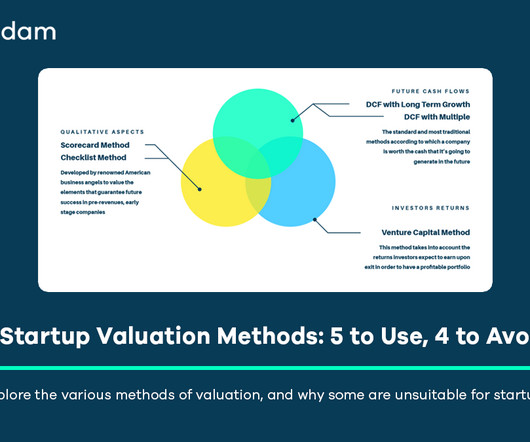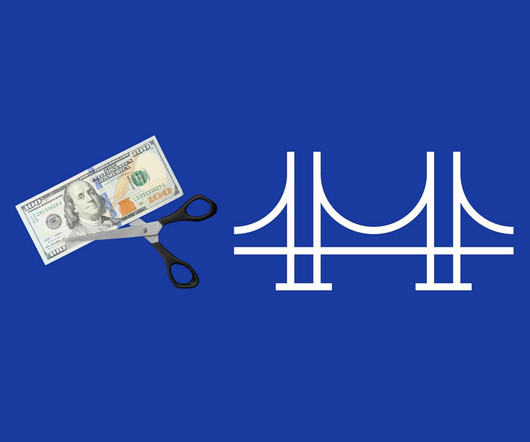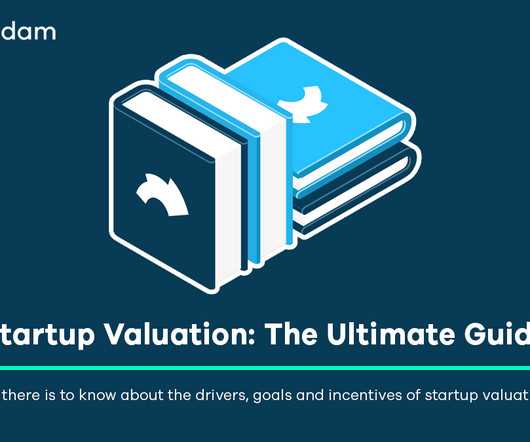Valuation of an AI technology startup
RNC
DECEMBER 20, 2023
Introduction A technology startup that specializes in developing cutting-edge artificial intelligence (AI) solutions. Use DCF analysis to estimate the present value of future cash flows, considering growth rates, discount rates, and terminal values. Assess competitive edge through technological capabilities and IP.













Let's personalize your content